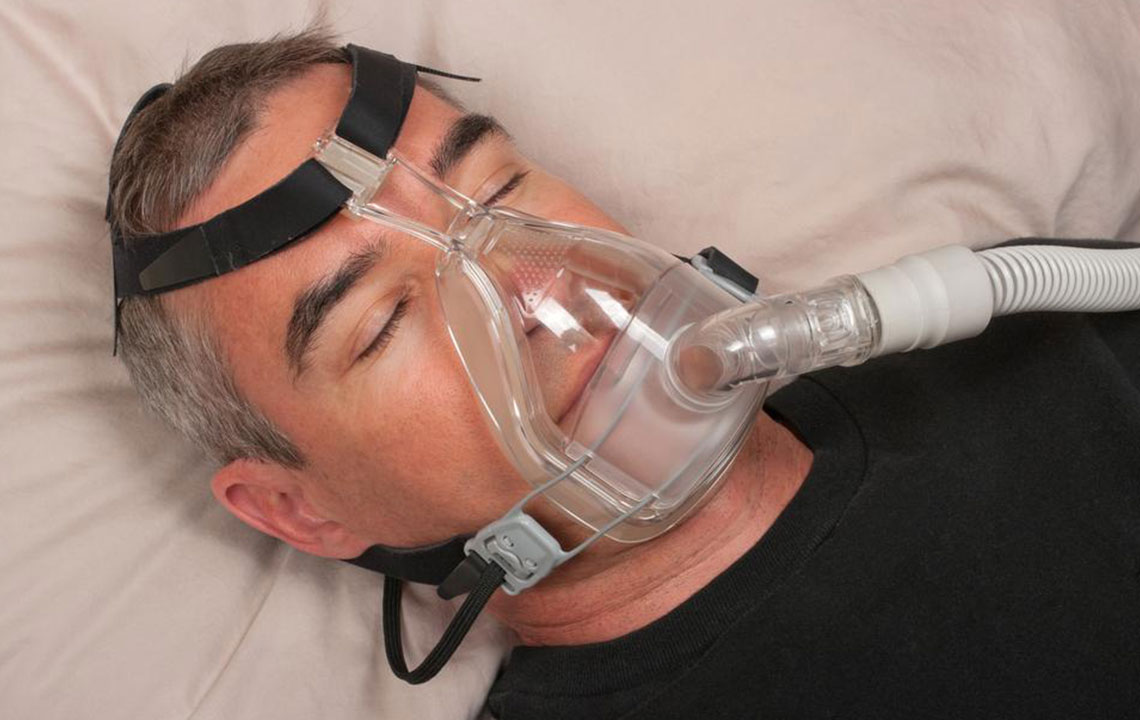Comprehensive Strategies for Managing REM Sleep Behavior Disorder Effectively
Discover comprehensive strategies to manage REM Sleep Behavior Disorder effectively. Learn about symptoms, diagnosis, safety precautions, and treatment options such as medications like Clonazepam and Melatonin. Ensuring safety and improving sleep quality are vital for those affected by RBD. This guide provides valuable insights into managing this sleep disorder to enhance safety and well-being.

Comprehensive Strategies for Managing REM Sleep Behavior Disorder Effectively
Rapid Eye Movement (REM) sleep is a vital phase of our nightly rest cycle, typically accounting for about 20-25% of total sleep time. During this phase, the body usually experiences muscle atonia, a natural paralysis that prevents us from acting out our dreams. However, in individuals with REM Sleep Behavior Disorder (RBD), this muscle atonia is absent, leading to physical activity during sleep that can sometimes be quite vigorous or even violent. Understanding RBD, its symptoms, diagnosis, and effective management strategies is crucial for enhancing safety and improving the quality of life for those affected.
REM sleep plays an essential role in memory consolidation, emotional regulation, and overall brain health. Yet, when this stage becomes disrupted by Disorders such as RBD, the consequences can be serious, not only for the individual but also for their bed partner. RBD is often characterized by vivid dream enactment behaviors, which include talking, shouting, kicking, punching, or jumping out of bed. These behaviors are frequently linked to intense, sometimes frightening, dream content, often involving personal conflicts or threats.
Diagnosing RBD typically involves overnight sleep studies, known as polysomnography, where sleep specialists observe behavioral patterns and muscle activity during REM sleep. During this evaluation, clinicians look for loss of muscle atonia and abnormal movements that indicate RBD. In some cases, questionnaires and patient histories help supplement the diagnosis by assessing symptoms and potential triggers.
Effective management of REM Sleep Behavior Disorder hinges on two primary goals: ensuring safety and reducing the intensity or frequency of abnormal behaviors. Safety measures play a vital role in preventing injuries during episodes. This may include removing sharp objects from the vicinity, padding furniture, securing windows and doors, and installing alarms to alert caregivers. Additionally, creating a safe sleep environment can significantly mitigate risks associated with RBD episodes.
Medical treatment is often necessary to control symptoms and prevent injuries. Pharmacologic interventions primarily involve medications such as Clonazepam, a benzodiazepine that has been proven effective in reducing dream enactment behaviors. While Clonazepam is highly effective, it may cause side effects including daytime drowsiness, dizziness, or balance issues, especially in older adults. To address concerns about these adverse effects, healthcare providers might recommend alternative treatments or adjusted dosages.
Melatonin, a naturally occurring hormone that regulates sleep-wake cycles, has gained popularity as a safer alternative or adjunct therapy for RBD. It is generally well-tolerated, with fewer side effects, and can help promote more regulated sleep patterns, thereby reducing the severity and frequency of RBD episodes. Combining Melatonin with behavioral modifications often yields better results and enhances patient safety.
Beyond medication, non-pharmacological approaches are also crucial. These include establishing a consistent sleep schedule, reducing stress levels through relaxation techniques, and avoiding stressful or stimulating activities before bedtime. Education for patients and their bed partners about RBD is essential for effective management, as it helps in recognizing symptoms early and implementing safety measures efficiently.
Research into RBD continues to evolve, offering hope for more targeted therapies in the future. Additionally, since RBD can sometimes be associated with neurodegenerative diseases such as Parkinson's disease, early diagnosis and management can provide benefits beyond safety, potentially influencing disease progression and overall neurological health.
In conclusion, REM Sleep Behavior Disorder poses significant challenges but can be effectively managed through a combination of safety precautions, medication, and lifestyle modifications. Accurate diagnosis, tailored treatment plans, and continuous monitoring are vital for improving the quality of life and ensuring safety for those affected. If you or a loved one exhibits symptoms of RBD, consulting a sleep specialist promptly is essential for developing a comprehensive management strategy.





